Automakers are using new forward-collision avoidance technology to great effect, a new study reveals, with 22 of 30 vehicles tested earning kudos from the Insurance Institute for Highway Safety. But a number of products from Detroit manufacturers fell short, reports Headlight.News.
For decades, automakers’ safety efforts were focused on ways to reduce the impact when vehicles were involved in crashes. In recent years, with the rise of digital hardware and software, the industry has put increasing emphasis on technology designed to prevent accidents in the first place. And it appears to be paying off.
That’s particular true for systems designed to detect a potential front-end collision and then, if necessary, apply the brakes automatically, according to research by the Insurance Institute for Highway Safety. It credits federal “tougher federal evaluation standards (that) drove safety changes industrywide.”
The new IIHS research, meanwhile, resulted in 22 of the 30 vehicles tested earning either a “good,” or an “acceptable” rating, significantly better than the performance the industry had when the new test procedure was run in April 2024.
Saving lives
“The rapid progress manufacturers have made to improve these vital crash avoidance systems is impressive,” IIHS President David Harkey said. “Vehicles that excel in this new test will save lives, as it addresses the most dangerous kinds of front-to-rear crashes.”
Automatic emergency braking, or AEB, is designed to detect potential frontal crashes using various sensors that can include radar, camera or LiDAR, a high-resolution laser system just beginning to show up on retail products such as the Volvo EX90. There are wide differences in the technology, depending upon manufacturer. High-rated systems are designed to operate up to highway speeds and can detect bicycles, motorcycles and pedestrians, as well as other vehicles.
The IIHS study adds further credibility to another recent report by Partnership for Analytics Research in Traffic Safety, or PARTS, released earlier this month. It found AEB technology can prevent 49% of front-to-rear crashes, in particular. And the study noted that the number jumps to 52% with vehicles from model years 2021 to 2023.
“There is a significant improvement in AEB effectiveness in newer generations of the technology,” said a summary of the PARTS report.
The best – and worst – vehicles
The new IIHS study found that the vast majority of the 30 vehicles it tested performed well in the AEB tests.
The list of models earning a “good” rating include: The Acura ZDX, BMW X5, BMW X6, Cadillac Lyriq, Chevrolet Blazer EV, Genesis GV80, Honda Prologue, Hyundai Santa Fe, Kia EV9, Kia Sorento, Lexus NX, Subaru Forester, Toyota Camry, Toyota Crown Signia and Toyota Tacoma. The Mercedes-Benz E-Class also earned a good rating – but only on models equipped with an optional upgrade to its automatic emergency braking system.
The standard system on the E-Class earned an “acceptable” rating, as was the case with the optional AEB upgrade on the Acura MDX. Other models rated “acceptable” include Genesis G80, Honda HR-V, Hyundai Sonata, Jeep Wagoneer and Mazda CX-50.
The Ford Expedition earned a “marginal” rating.
IIHS called out Detroit automakers – or, more accurately, General Motors – for the “poor” performance of three models, the Buick Envista, Chevrolet Trax and Chevrolet Tahoe. Audi also had multiple shortfalls, its Q7 and Q8 earning a “poor” rating, as did the Kia Seltos and Nissan Altima.
More Auto Safety News
- IIHS Tightens Standards for Top Safety Awards
- Study: AEB Slashes Number of Front-Rear Crashes
- Tesla is America’s Deadliest Automotive Brand, New Study Shows
About the test
To test the effectiveness of each vehicle’s AEB system, the IIHS said it “includes trials run at 31, 37 and 43 mph (50, 60 and 70 kph). In addition to a passenger car target, it examines performance with a motorcycle target and a semitrailer. Vehicles are tested with the semitrailer centered in the travel lane and with the car and motorcycle targets centered and offset to one side.”
This approach, which updates the original test process used in 2024, “reflects a greater proportion of police-reported front-to-rear crashes, including many that tend to result in serious injuries or fatalities.”
Such crashes result in hundreds of U.S. traffic deaths annually, according to state and federal data. New AEB rules enacted by the National Highway Traffic Safety Administration last year were estimated to save 362 lives annually once they went into effect in 2029. The PARTS report estimated the figure could be substantially higher.
Industry backlash
Despite the potential savings in lives, injuries and property damage, automakers last month sued to block the updated AEB regulations.
The rules “would significantly increase costs,” the Alliance for Automotive Innovation, an industry group representing auto manufacturers and suppliers, previously told NHTSA. The “proposed phase-in schedule,” it said, “may require redesigns outside of the normal product development cycle.”
Safety advocates hope the court will reject the lawsuit, Cathy Chase, president of Advocates for Highway and Auto Safety, saying in a statement that, “The AEB Rule is the most impactful highway safety regulation issued in years.”
The courts may not have the final word, however, as the Trump administration has indicated it will review a number of rules and regulations related to automotive safety and emissions. It has already moved to back off of some mandates involving fuel economy and electric vehicles.

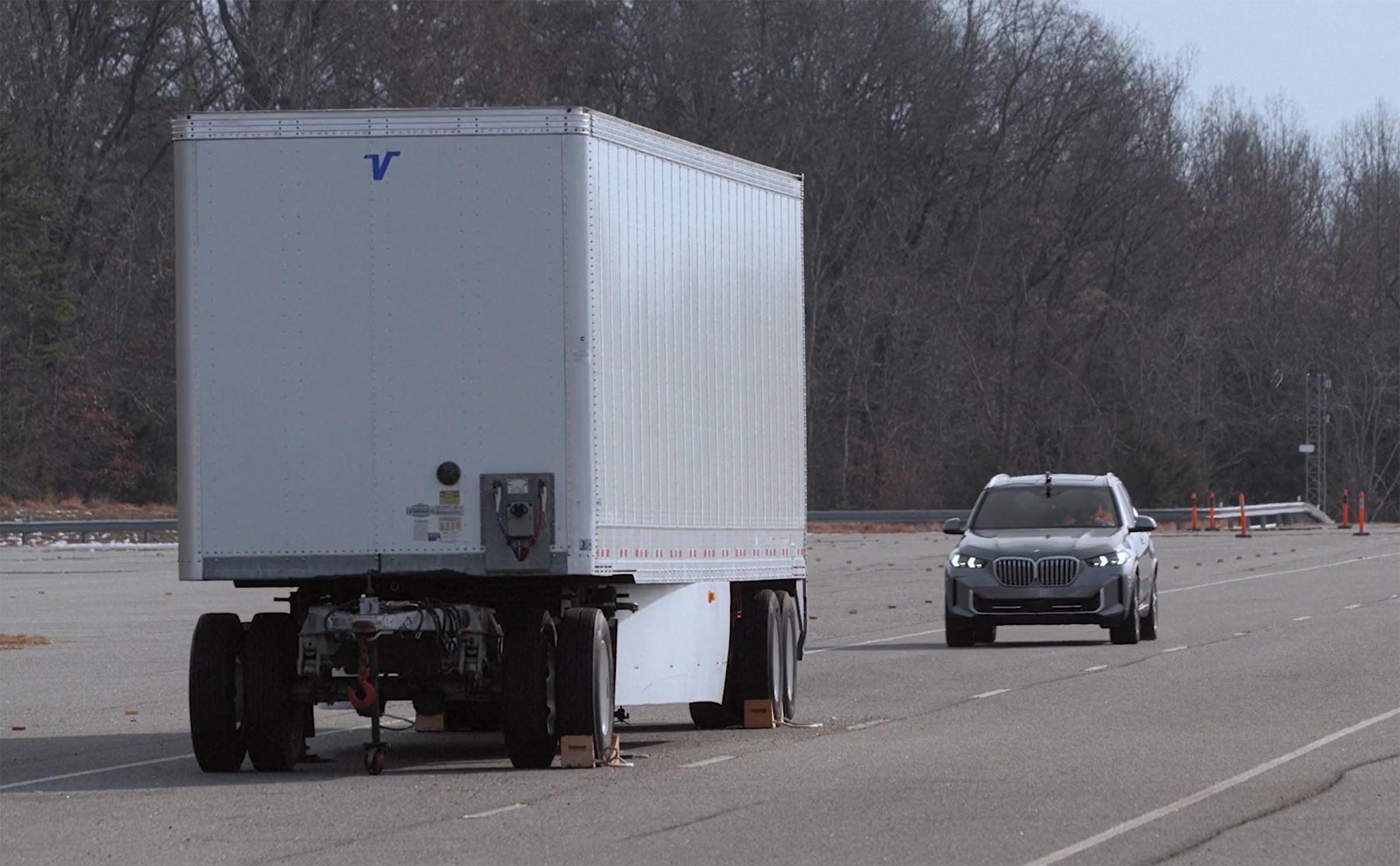
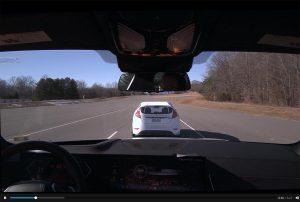
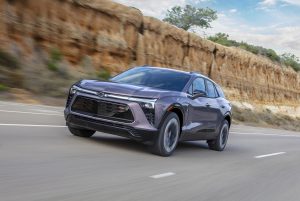
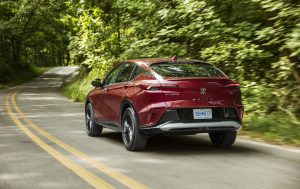
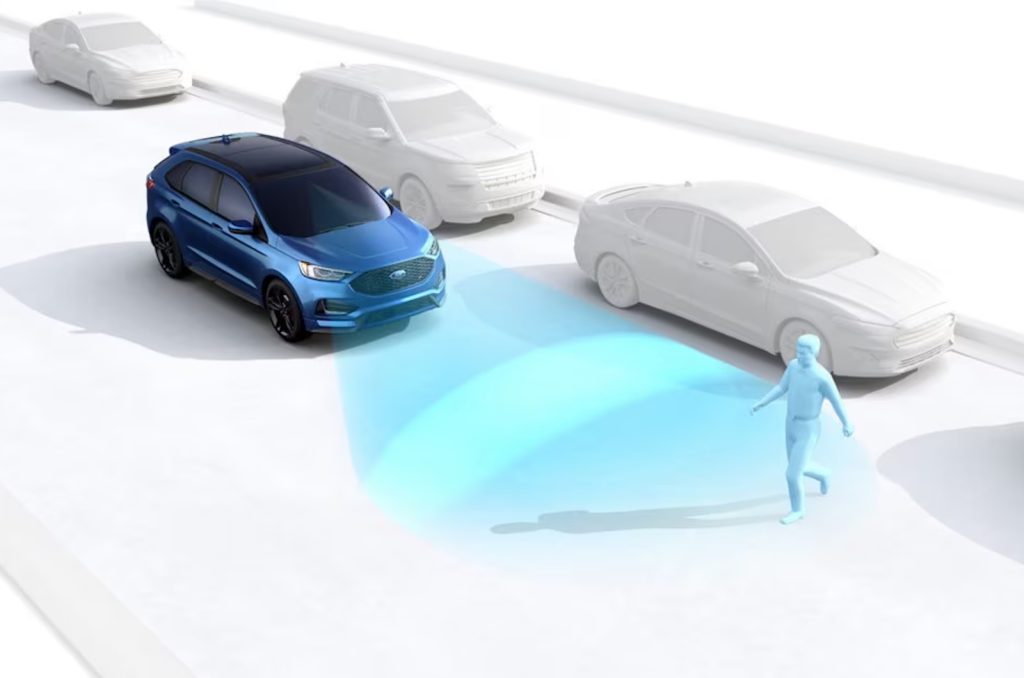
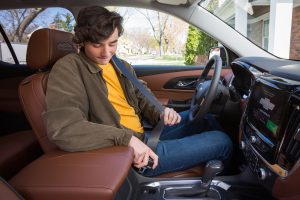

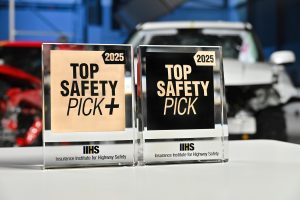
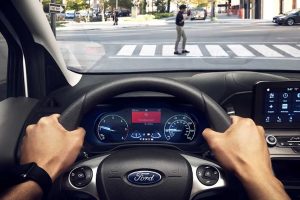


0 Comments